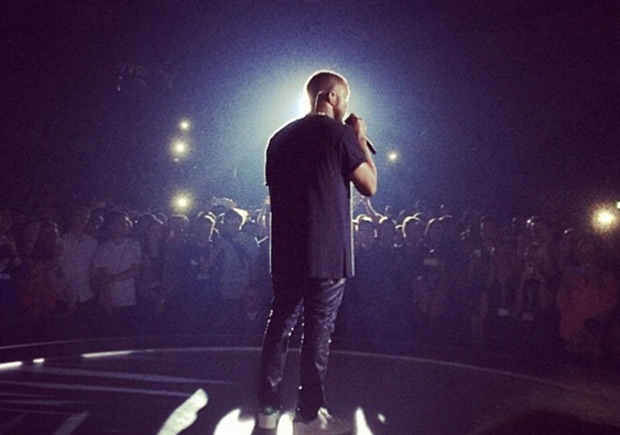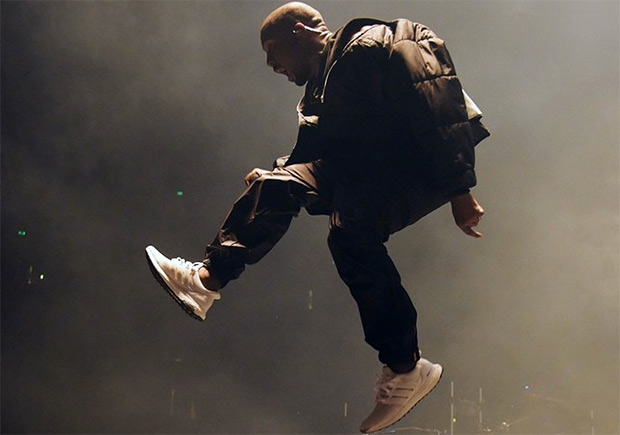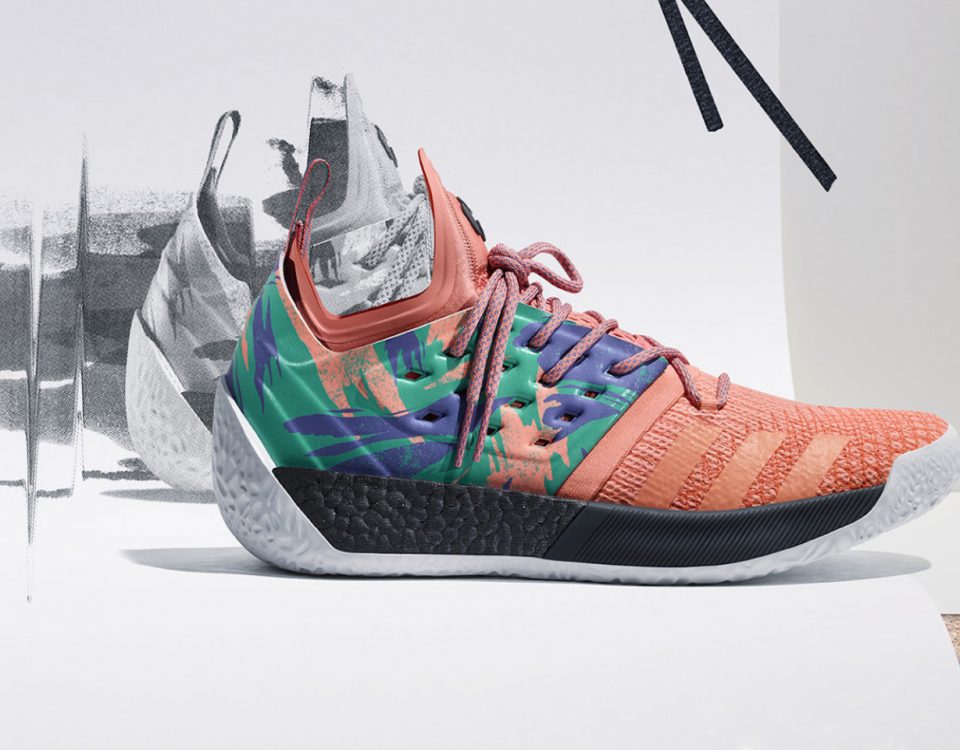(PHOTO) Why You Shouldn’t Be Surprised That adidas Has Surpassed Jordan Brand
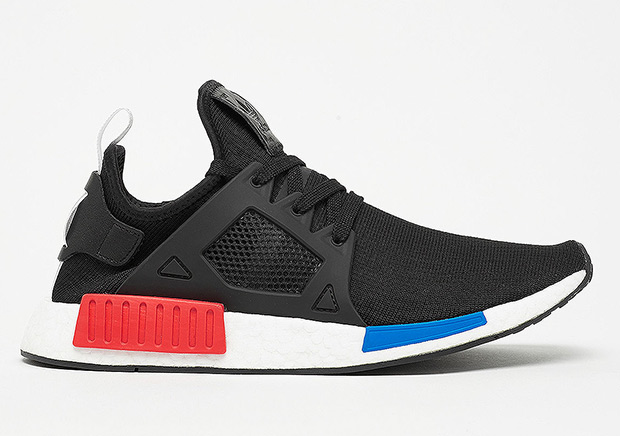
adidas has officially taken over the number 2 spot on the list of the best selling U.S. footwear brands, but you should not be surprised. A brand the seemingly struggled to exist just a few years ago is now flourishing thanks to the obvious (better product and marketing), but this all comes down a significant shift in perception back
During that pivotal year, it was reported that Kanye West was cutting ties with Nike after the end of his contract and signing on with adidas, a brand that at that point was struggling to be a relevant. adidas offered him the creative freedom and money to release his own shoes and line of apparel, while Nike wanted to control a bit more of what YEEZY was envisioned to be. The single most talked-about story was Kanye switching to adidas, giving the German brand more attention than its ever received. This sent shockwaves throughout the industry. Stores were ordering adidas product just off the strength of Kanye’s newfound allegiance.
Above: Kanye West at an adidas conference in Germany for employees only (April 2014)In February of 2015, Kanye West debuted his first YEEZY sneaker in New York City. While reactions to the shoe were mixed, everyone was aboard the YEEZY train and his first-ever fashion show hit mainstream. It didn’t hurt that Kanye, who was and still is the most popular style/hip-hop icon of the current generation, was screaming out “Fuck Nike”, “Fuck Mark Parker”, and other phrases in a similar vein to a crowd of thousands in NYC’s flatiron district. The youth and style obsessed are incredibly impressionable and there’s no better way to get the masses on board with a movement than its leader shouting to his most loyal fans.
Elsewhere in New York City during that pivotal 2015 All-Star Weekend, adidas was celebrating the launch of the Ultra Boost at an adidas store in Downtown Brooklyn. It barely made a blip on the screen. Nobody talked about a party or a launch event. We actually attended the event, and the place was more than half empty. It wasn’t until Kanye was spotted wearing a Triple White colorway of the Energy Boost on stage and courtside at a Bulls game in May of that year that Boost running shoes became of interest. That, along with an epic on-foot photo by Derek Curry of Sneaker Politics might’ve made the Ultra Boost the first “viral” shoe in the Instagram age. By mid-May the Ultra Boost became the new “hit” shoe among sneakerheads.By the end of 2015, the Ultra Boost began its first phase as a collaboration platform, with Hypebeast producing perhaps the best color-blocked Ultra Boost in history. Around the same time, adidas Originals unveiled the NMD, a shoe that gave exactly what sneakerheads wanted – a BOOST cushioned shoe with a low-profile minimalist upper. It was the perfect shoe to go with the global jogger pant trend. Nike deserves a lot of the credit for creating the trend with Roshes and Flyknits.
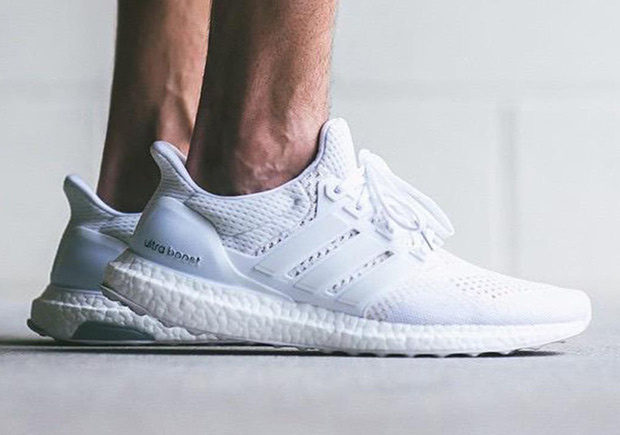
The events of 2014 and the first half of 2015 made adidas a relevant brand again, at least on a conversational standpoint. It became acceptable to rock adidas again, because the most influential man in youth and young adult fashion was wearing it, and once a brand gains relevancy, its icons are the first to disappear off the shelves. Industry experts who focus solely on numbers have continued to diminish or completely brush off the building blocks and credit “marketing” for the brand’s rise, but all this happened way before adidas’ rising sales took these experts by surprise.As adidas continued to grow, Jordan Brand stepped on the gas and started producing its footwear in much higher numbers, much higher prices, and much higher frequency. The allure of Air Jordans is that they’re hard to get and cost a lot of money, but the gotta-have-it attraction began to wane once they became readily available at stores everywhere. At $190 before tax, there were simply too many other options to explore.Jordan Brand is in a very unique position. While the brand has done incredible things to expand its brand, such as being the official outfitter of major college athletic teams such as Michigan and North Carolina, the core message of Jordan isn’t being communicated well with two of the most important demographics – the non-sneaker/non-Jordan fan and the post-Jordan generation. Those groups are currently being eaten up by adidas, which explains their growth and Jordan Brand’s stagnation. Jordans still sell well enough own a significant market share, but it’s not surprising that there was no real growth. In fact, we’ve predicted that adidas’ uprising would affect Jordan more than it would affect Nike, as Nike’s only true enemy is itself (see: Nike Basketball).
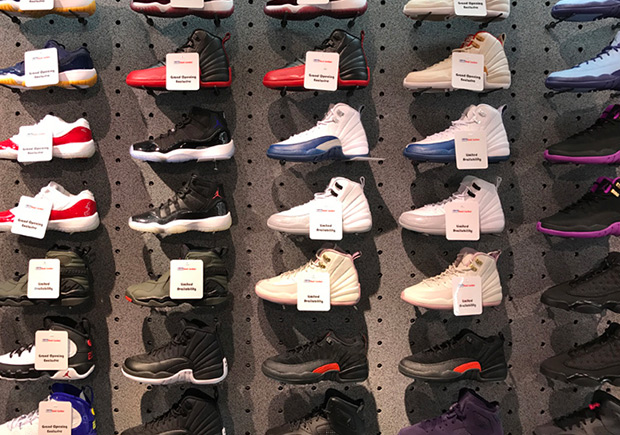
Is it full steam ahead for adidas? With its pinnacle models in Boost and NMD beginning to plateau in popularity, it’s easy to say that the brand’s growth will follow suit and eventually hit a wall. The NMD sequels that have followed have yet to speak to the sneaker enthusiasts, and the adidas archive isn’t nearly as strong and influential as Nike’s. However, there are plenty of younger sneaker enthusiasts who treat Ultra Boost and NMD as the Superstar and Stan Smith of their generation. At the same time, there are NMD fans who not a year ago were wearing Toms, Vans, or Nike Killshots.
